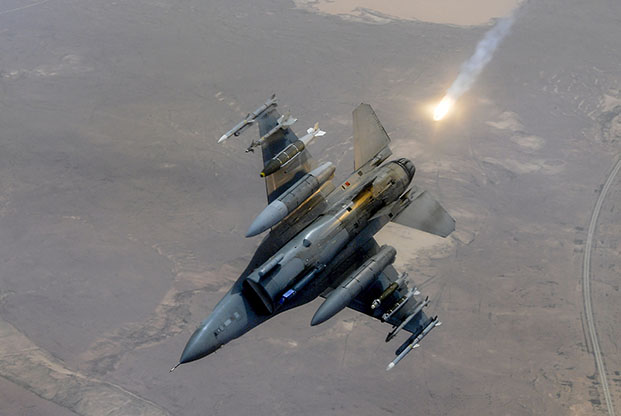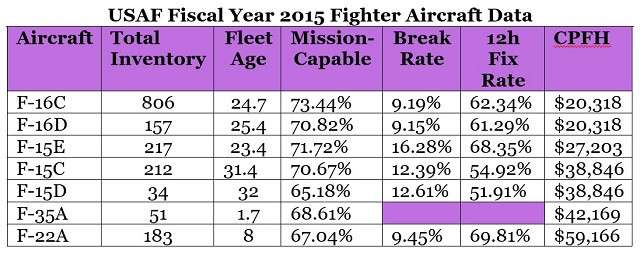Would have probably been smart to procure F-35s with both F135 and F136 tbh, akin to the 50/52s, but I guess they assumed Pratt would still be making F119s these days.
I don't see the problem as being business for PW, but business for GE. They don't want to be left with one fighter engine manufacturer.
What? That doesn't really track at all. General Electric makes the majority, if not all, fighter engines for DOD now. No one is buying F100s after all this time since Strike Eagle, or won't be for very long, and P&W may be forced to close up its military arm in the coming years as a result.
This is definitely a "P&W was supposed to win Raptor engines and GE was supposed to win JSF engines" because that somehow makes sense if you genuinely believe you'll get 750 F-22s and 1,500 F-35s. It's roughly the same number of engines, so they should be having equal business. In reality it should have been "JSF and Raptor have GE/PW engines designed to fit in their engine bays al a F100/F110 for the Eagles" but that was too forward thinking at the time I guess.
Either way DOD clearly expected P&W to be producing F119s much longer than they did. This never happened. Ergo, Pratt now has little reason to remain in the military turbofan business, since it's just been a conga line of GE winning contract after contract. In the long run, DOD's gonna be left with one fighter engine manufacturer, one fighter manufacturer (Lockheed), one bomber manufacturer (Northrop), etc. etc.
That might change given some dramatic and sudden increase in the competence of US industrial economic management, but it would probably need to be soon since the last major engine Pratt prototyped was the F135. In the meantime they'll probably be keeping their fighter engine division on a "hot standby" building prototypes in labs and testing VCEs, on their own dime from selling marine turbines and large engines for airliners, while waiting for NGAD to start bending metal sometime in the 2040's, on a distant promise that they might get a contract for a new fighter engine.
Alternatively, GE could just implode due to the ongoing finance shenanigans and the USA will be left with no modern engine manufacturers for a good while.
Really the lesson from the past few decades of US aircraft development should be that sole source contracting and "winner takes all" methods of budgeting was a mistake and that purchasing multiple models of aircraft and different engines to fulfill the same general role is likely pretty viable in terms of maintaining an ever shrinking MIC's diversity. It's always better to have three small boutique ateliers than one big conglomerate megaplant, after all.
This probably won't be a lesson implemented by America though, but rather by the PRC, since they seem more keen on mass production and savvier at industrial planning in general. Whether it's just a scaling thing or actual competence is anyone's guess I suppose.




